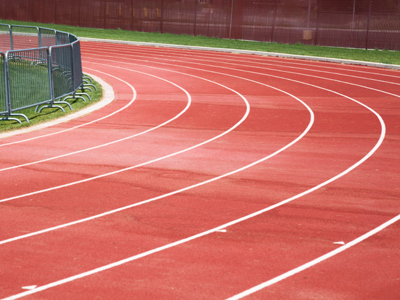
Forces - Momentum
This Physics quiz is called 'Forces - Momentum' and it has been written by teachers to help you if you are studying the subject at senior high school. Playing educational quizzes is one of the most efficienct ways to learn if you are in the 11th or 12th grade - aged 16 to 18.
It costs only $12.50 per month to play this quiz and over 3,500 others that help you with your school work. You can subscribe on the page at Join Us
All moving objects possess the property of momentum which is the tendency to keep moving in the same direction. The more momentum an object has, the more difficult it is to stop and the more difficult it is to change its direction. Momentum is a vector quantity ~ it has direction as well as a size. To change the momentum of an object requires the application of a force. It is calculated by multiplying the mass of an object by its velocity and is represented by the letter p in equations - p = m x v, so a small mass with a high velocity can have a greater momentum than a larger mass moving with a slower velocity.
Ready for more?
not all...
quizzers. Try to win a coveted spot on our Hall of Fame Page.







